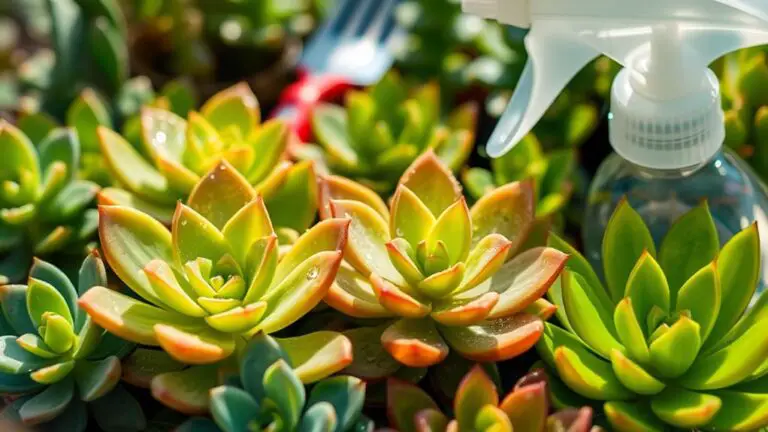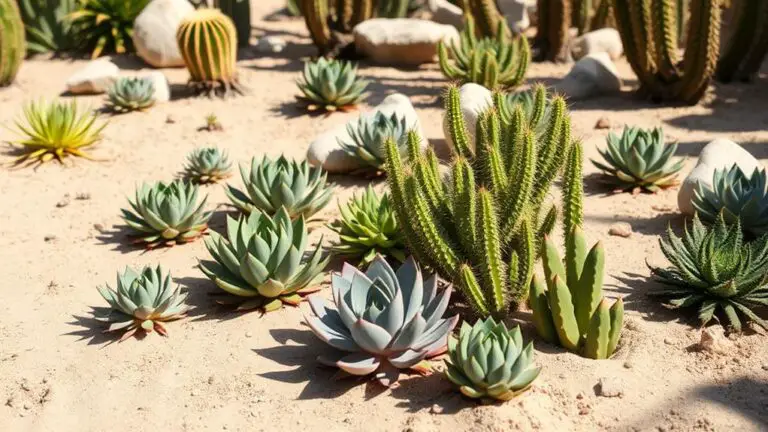15 Essential Tips Every Snake Plant Owner Should Know
Snake plants, scientifically known as Sansevieria, are one of the most popular houseplants around. Their resilience, air-purifying qualities, and striking appearance make them a favorite for both novice and experienced plant enthusiasts. This article delves into fifteen essential tips that every snake plant owner should know to keep their plant thriving.
15 Things You Need To Know As a Snake Plant Owner
Snake plants, also known as mother-in-law’s tongue, are among the hardiest houseplants you can find. Native to West Africa, these plants have adapted to survive in harsh conditions, making them exceptionally easy to care for. With their tall, stiff, and upright leaves, they bring a touch of elegance to any space. Not only are they aesthetically pleasing, but they also offer numerous health benefits, such as improving indoor air quality by removing toxins. Whether you are a seasoned plant parent or just starting your green journey, understanding the needs of your snake plant is crucial. Here are fifteen things every snake plant owner should know to ensure their plant remains healthy and vibrant.
1. Light Requirements
Snake plants are incredibly versatile when it comes to light. They can thrive in various lighting conditions, from low light to bright, indirect light. However, they perform best in moderate to bright, indirect sunlight. Too much direct sunlight can cause the leaves to burn, while too little light can slow their growth. If your snake plant is in a low-light area, consider moving it to a brighter spot for a few hours each day to encourage growth. Remember, while they can tolerate low light, they won’t thrive as they would in brighter conditions.
2. Watering Schedule
One of the most common mistakes snake plant owners make is overwatering. These plants are highly drought-tolerant and prefer to dry out between waterings. Overwatering can lead to root rot, a common issue for snake plants. A good rule of thumb is to water your plant every 2-6 weeks, depending on the season and humidity levels in your home. In the winter, reduce watering frequency as the plant’s growth slows down. Always ensure the soil is completely dry before watering again.
3. Soil Preferences
Snake plants prefer well-draining soil to prevent root rot. A cactus or succulent potting mix is ideal as it provides excellent drainage. If you use regular potting soil, consider adding sand, perlite, or coarse grit to improve drainage. This mix allows excess water to flow out easily, ensuring that the roots do not sit in water for extended periods. Proper soil is crucial for the overall health of your snake plant, so take the time to choose or create the right mix.
4. Pot Selection
The right pot is essential for a healthy snake plant. Choose a pot with drainage holes to prevent water from accumulating at the bottom, which can lead to root rot. Terracotta pots are a great choice because they are porous and allow excess moisture to evaporate. Ensure the pot size is appropriate for your plant; too large a pot can retain more moisture than necessary, while too small a pot can restrict root growth. Repot your snake plant every 2-3 years to refresh the soil and provide more room for growth.
5. Temperature Tolerance
Snake plants are quite hardy and can tolerate a wide range of temperatures. However, they prefer temperatures between 60°F to 85°F (15°C to 29°C). They can survive lower temperatures but should be protected from frost, which can damage their leaves. Avoid placing your snake plant near drafty windows or vents where it might be exposed to sudden temperature changes. Consistent room temperature is ideal for their growth.
6. Humidity Levels
Snake plants are not picky about humidity and can thrive in both dry and humid conditions. This makes them perfect for indoor environments. However, extremely dry air can sometimes cause the leaf tips to brown. If you notice this, consider placing a humidifier nearby or grouping your plants to create a microenvironment with slightly higher humidity. This can help maintain the overall health of your snake plant.
7. Fertilizing
While snake plants are low-maintenance, they benefit from occasional feeding during the growing season (spring and summer). Use a balanced, all-purpose liquid fertilizer diluted to half strength every 4-6 weeks. Over-fertilizing can lead to nutrient burn and damage the plant, so it’s better to under-fertilize than overdo it. In the fall and winter, reduce or stop fertilizing as the plant’s growth naturally slows down.
8. Pest Management
Snake plants are relatively pest-resistant but can occasionally fall victim to common houseplant pests like spider mites, mealybugs, and aphids. Regularly inspect your plant for any signs of pests, such as discolored leaves or sticky residue. If you spot pests, treat your plant with insecticidal soap or neem oil. Ensure you treat the undersides of the leaves where pests often hide. Keeping your plant clean by wiping the leaves with a damp cloth can also help prevent infestations.
9. Pruning and Cleaning
Pruning your snake plant helps maintain its shape and encourages new growth. Remove any dead or damaged leaves by cutting them at the base. Regularly clean the leaves with a damp cloth to remove dust and allow the plant to photosynthesize more efficiently. Cleaning also helps you inspect for pests and other issues. Pruning and cleaning are simple tasks that contribute significantly to the health and appearance of your snake plant.
10. Propagation Methods
Snake plants are easy to propagate, making them a favorite among plant enthusiasts. You can propagate them by division or leaf cuttings. To propagate by division, gently remove the plant from its pot and separate the rhizomes (underground stems) into smaller sections, each with at least one leaf and root. For leaf cuttings, cut a healthy leaf into 2-3 inch sections and plant them in a well-draining soil mix, keeping the soil lightly moist until roots develop. Propagation is a rewarding way to expand your plant collection or share with friends.
11. Air Purification
One of the snake plant’s most praised benefits is its ability to purify indoor air. According to a NASA Clean Air Study, snake plants can remove toxins such as formaldehyde, xylene, toluene, and nitrogen oxides from the air. This makes them an excellent choice for bedrooms, offices, and other indoor spaces where air quality is a concern. Having snake plants around can contribute to a healthier living environment.
12. Toxicity
While snake plants are great for air purification, it’s important to note that they are toxic to pets and humans if ingested. They contain saponins, which can cause nausea, vomiting, and diarrhea if consumed. Keep snake plants out of reach of curious pets and children. If you suspect your pet has ingested part of the plant, contact a veterinarian immediately. Awareness of this aspect helps ensure the safety of all household members.
13. Common Problems
Common problems with snake plants include yellowing leaves, root rot, and pests. Yellowing leaves often indicate overwatering or poor drainage. Ensure your plant is in well-draining soil and only water when the soil is dry. Root rot is caused by prolonged exposure to excess moisture; if you suspect root rot, remove the affected parts and repot in fresh, dry soil. Regular inspections and proper care can prevent most common problems.
14. Seasonal Care
Snake plants require different care routines depending on the season. During the growing season (spring and summer), water more frequently and consider feeding with a balanced fertilizer. In the dormant season (fall and winter), reduce watering and stop fertilizing. Adjusting your care routine to the plant’s seasonal needs ensures it remains healthy and vibrant year-round.
15. Benefits of Snake Plants
Beyond their aesthetic appeal, snake plants offer several benefits. They are known to improve air quality, are low-maintenance, and can adapt to various environmental conditions. Their resilience makes them ideal for beginners and busy individuals. Additionally, snake plants are believed to bring good luck and positive energy according to feng shui principles. Their numerous benefits make them a valuable addition to any home.
Conclusion
Snake plants are a fantastic choice for anyone looking to add greenery to their indoor space. Their hardiness, air-purifying qualities, and low-maintenance nature make them an ideal houseplant. By understanding their needs and providing the right care, you can ensure your snake plant remains a healthy and beautiful part of your home for years to come. Whether you are new to plant care or an experienced gardener, these fifteen tips will help you keep your snake plant thriving and enjoy all the benefits they offer.







